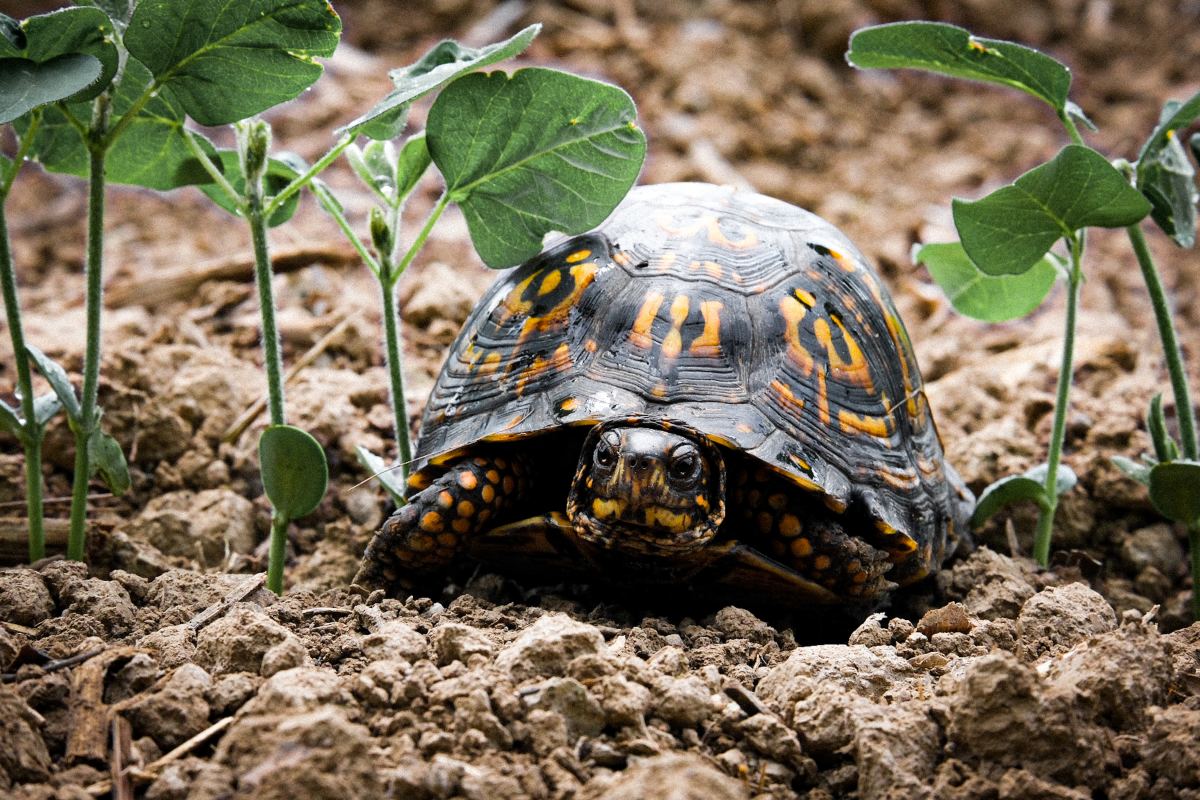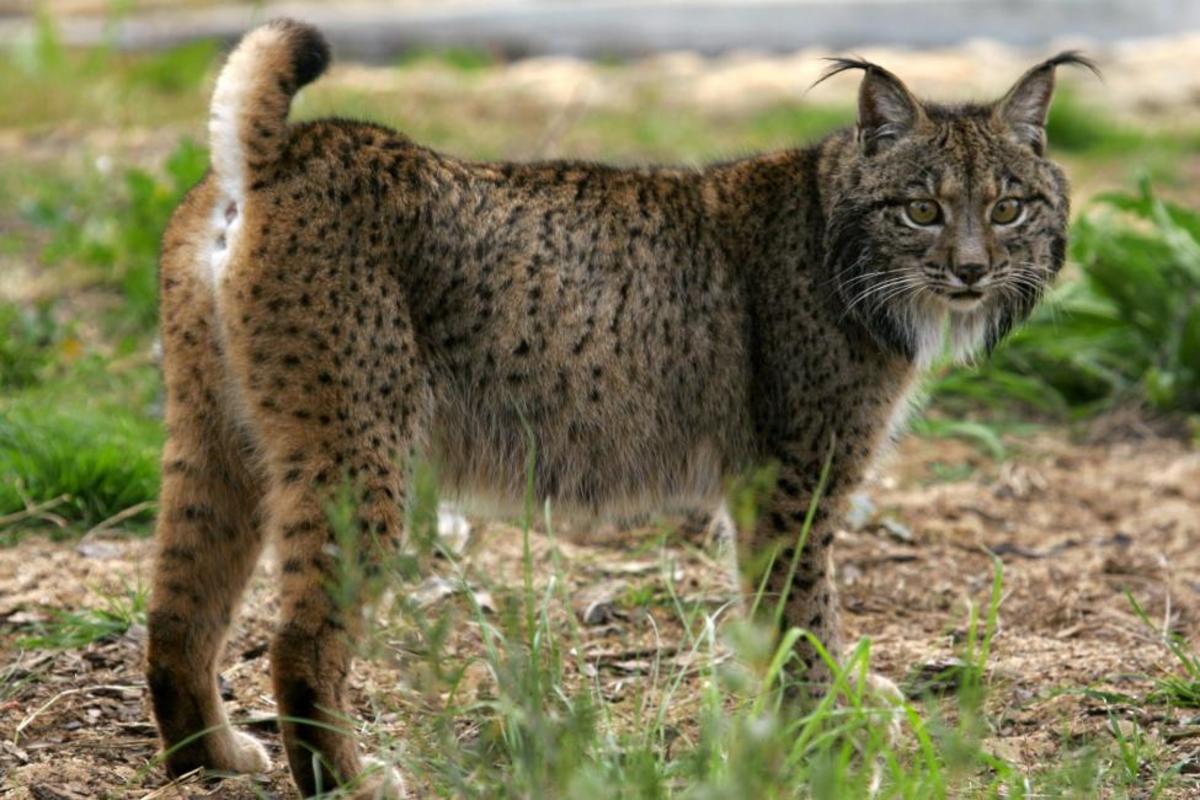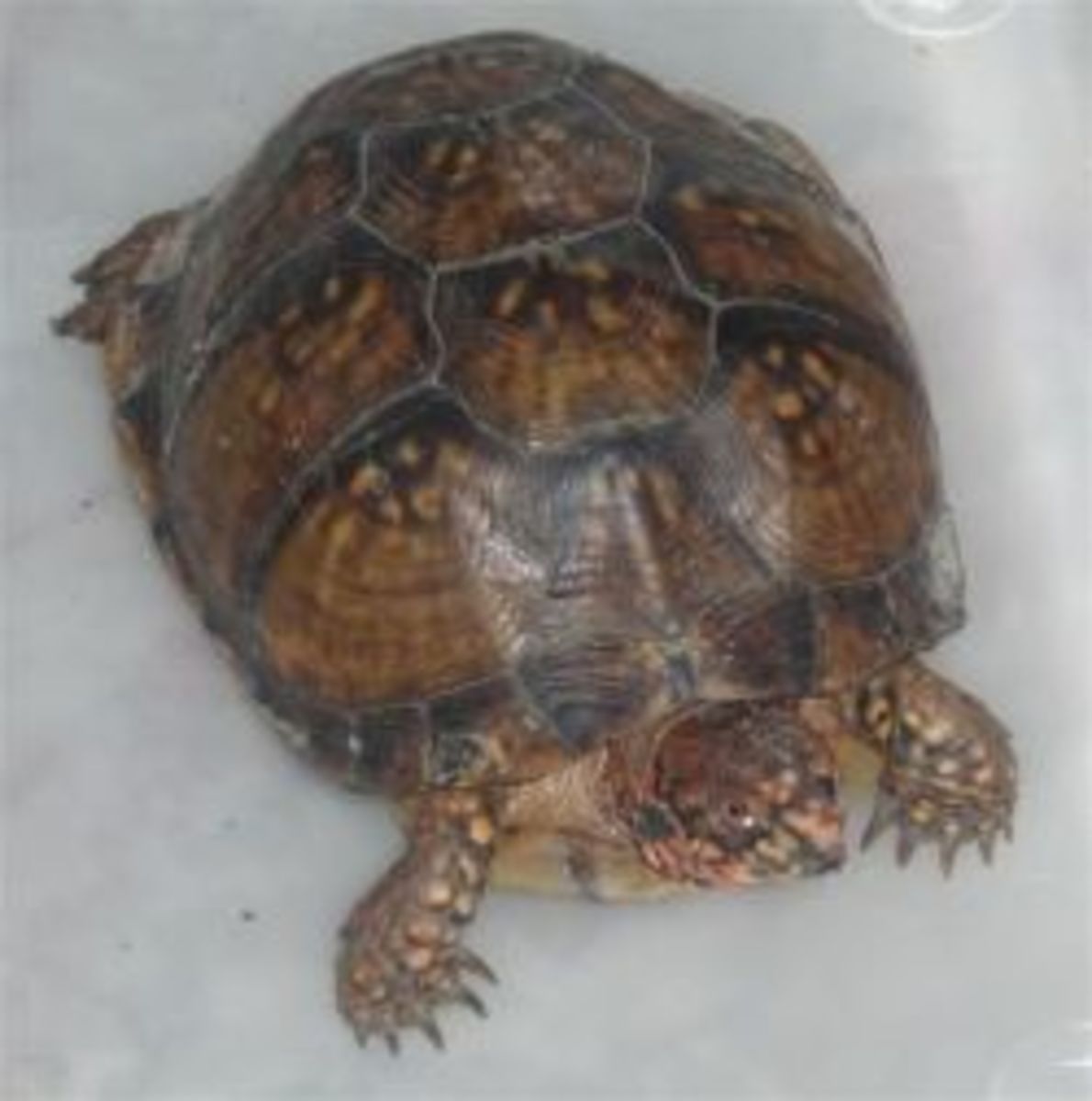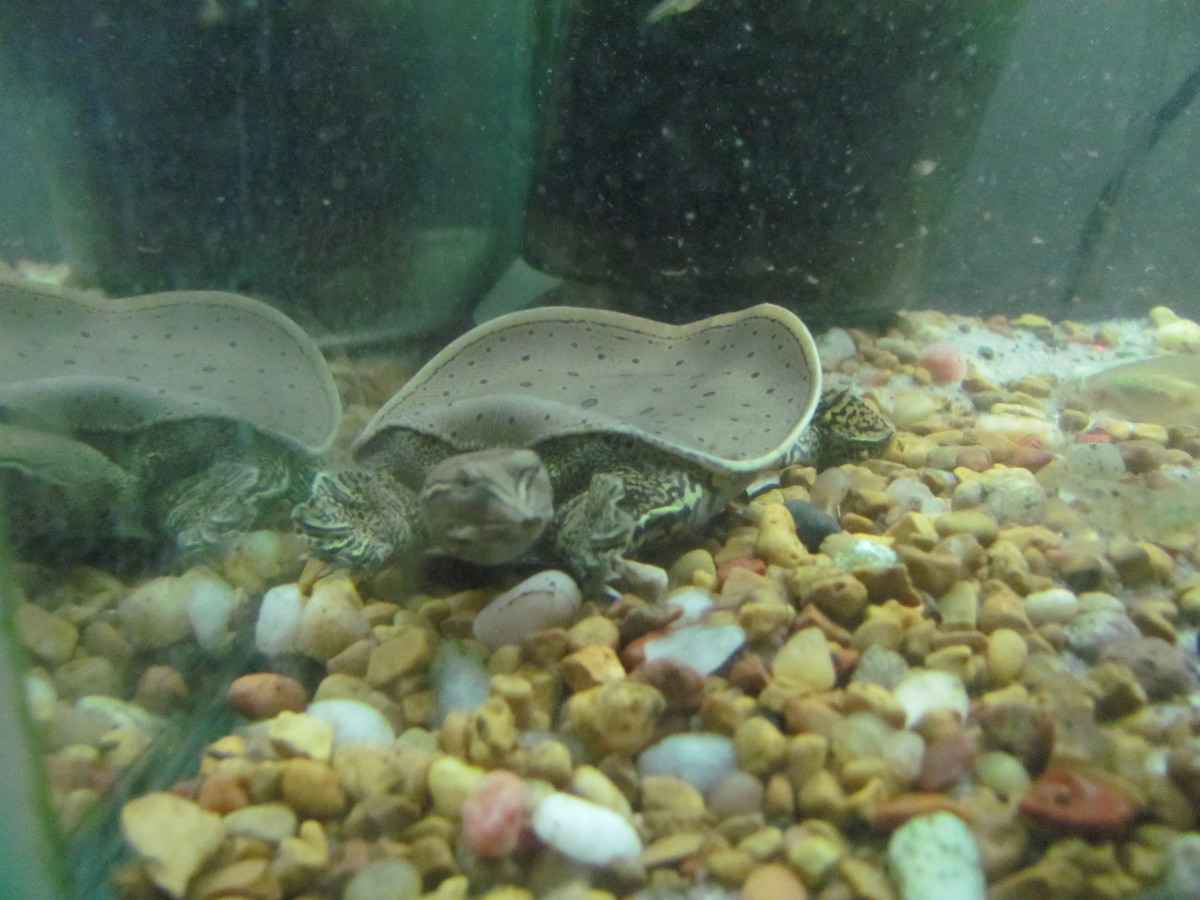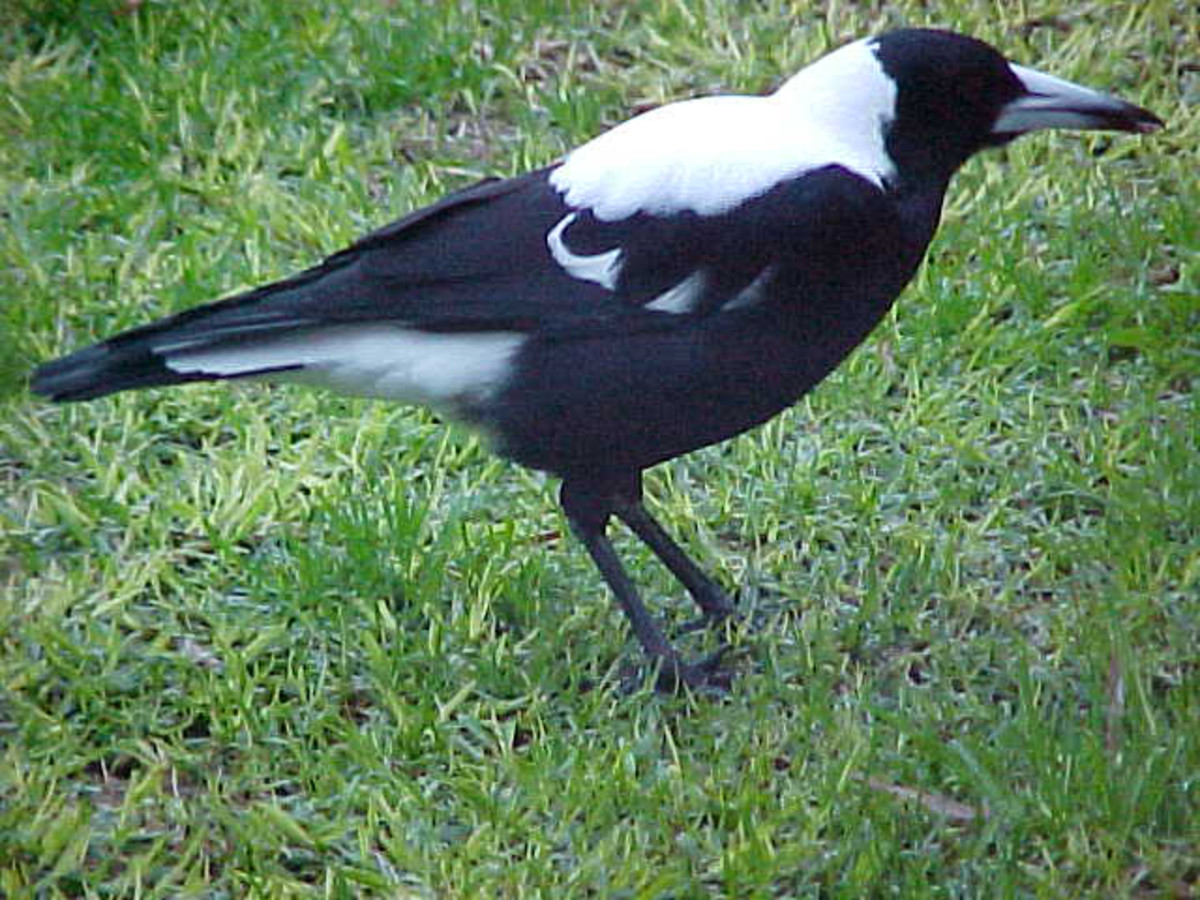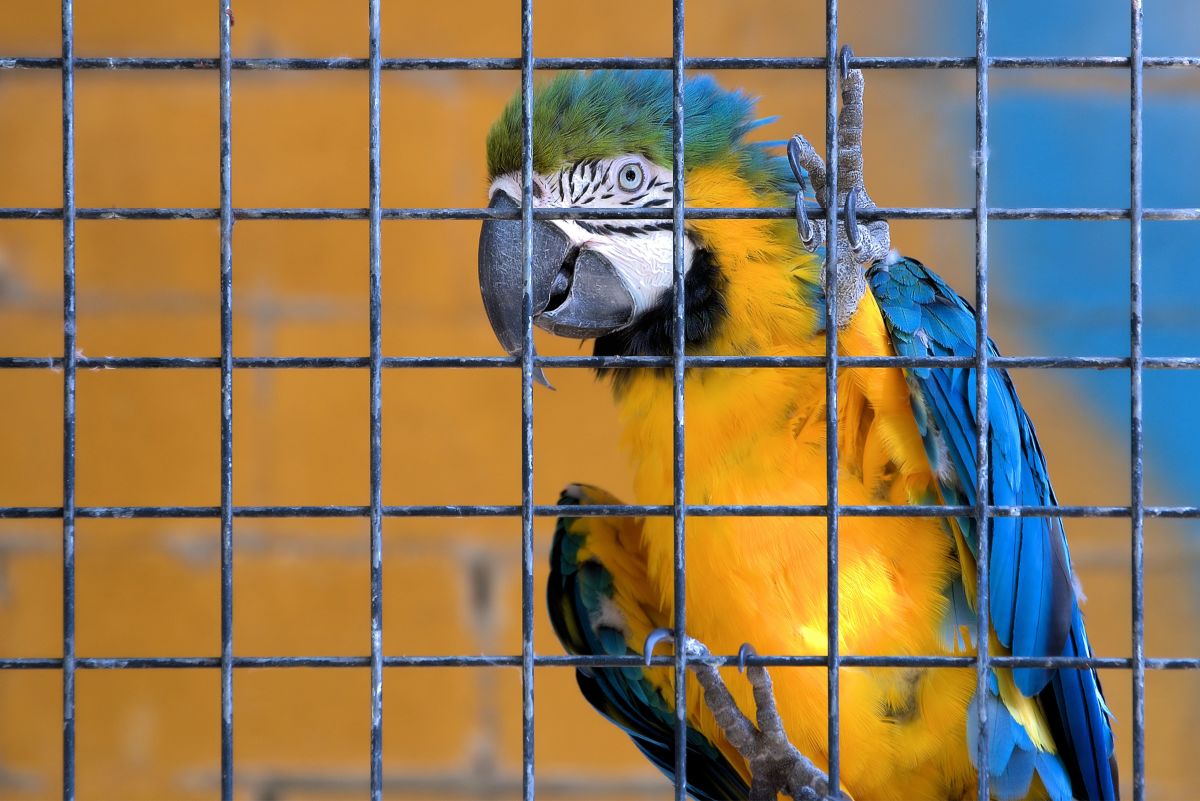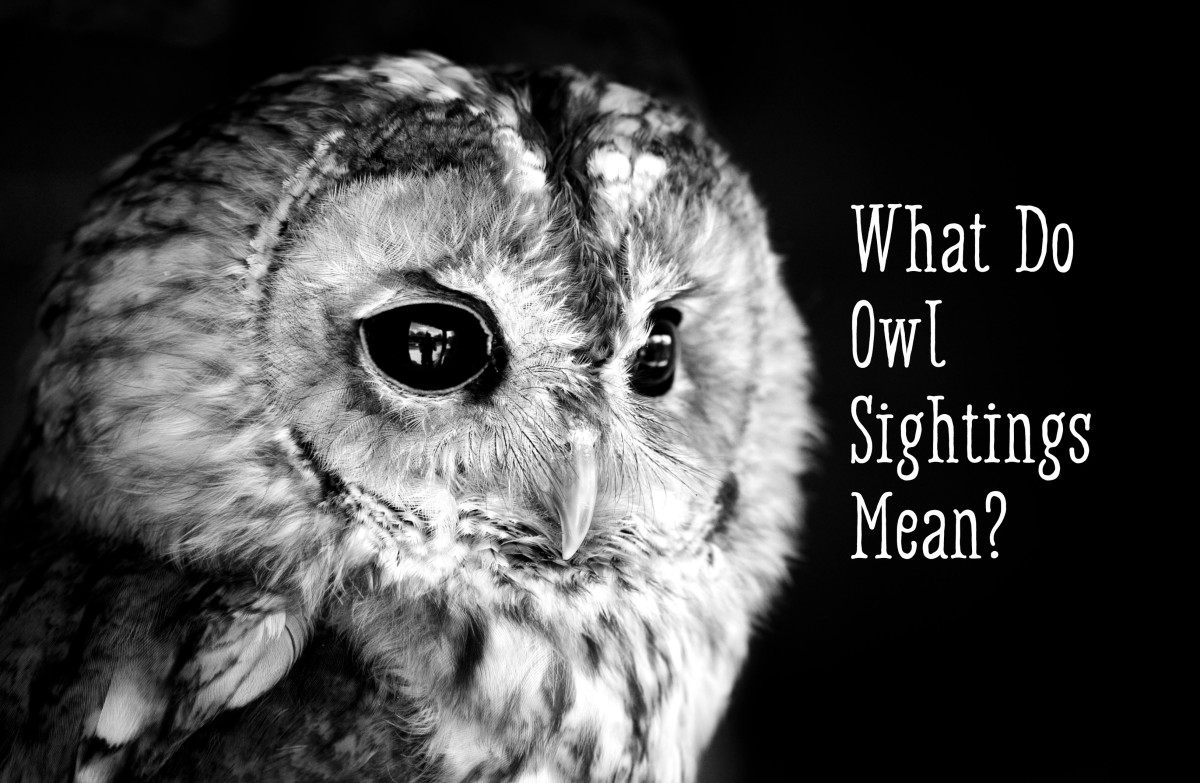The Turtle Doves and Their Near Extinction
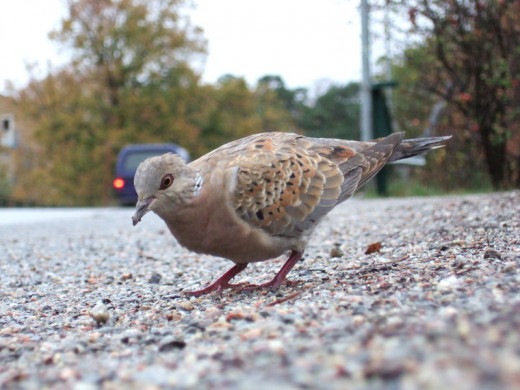
Turtle doves are also known by European turtle doves or sometimes referred to as just turtles. These slender and remarkable birds are in the order Columbiformes and in the group of doves and pigeons in the family Columbidae. You may wonder why they're are named turtles, however, there is no relation whatsoever with these chelonian reptiles. In fact the word is derived from Latin "turtur" due to their song where they make soft and purring turr turr sounds. You will notice the turtles dove's neck enlarging when singing the purring lyrics, and even the pigeons have the same characteristic.
Turtle doves are the most attractive amongst other doves in the same family. They are very distinctive birds and almost has the proportions of the collared doves (Streptopelia decaocto), but to a noticeable degree, the turtles are smaller than the collared doves.
Observe and Enjoy
Turtle doves can be first recognized by its distinctive and soothing deep song which is easily detected especially in the summer in Europe and Africa. The saddest part is that these doves which are believed to symbolize love and friendship are becoming very rare. For the past couple of years I have not heard the sound or seen a single turtledove in the summer.
In the UK, they are very popular birds but they are declining in large numbers which is extremely worrying. The threat of extinction is real and due to a couple of reasons. One particular reason is the seeds they feed on from plants which has become insufficient in the countrysides and farms. This problem can only be solved if the agricultural people work together and grow more crops abundantly. Plus the farmers need to limit their use of herbicides on farmlands. The second reason of their decline could be due to illegal hunting in northern Europe, especially in the Mediterranean region where the doves are most commonly seen. The third reason could be a disease known as avian trichomoniasis (referred to as pigeon canker or oral canker), and this type of disease affects young birds. I hope the turtles doves are saved from extinction.
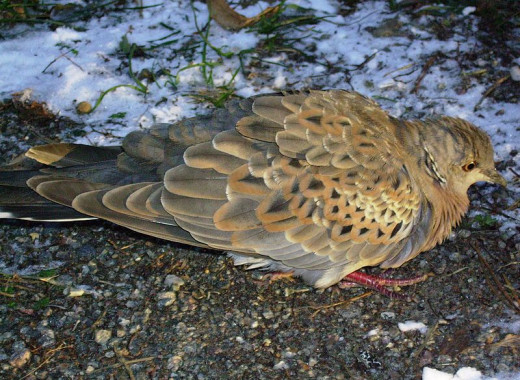
Characters, Features and Habitat
In general, the turtle doves have a rapid, direct flight and their wing beats in the air are rather jerky and flicking movements. The mature turtle dove's head is bluish-greyish color including the neck and underparts. The neck also has black and white marks. The wings are cinnamon and has black smearing. The wing coverts and back are chestnut-colored, in other words, it appears glossy-brown. The breast appears pinkish. The tail is long with the under tail coverts being white and the top part is black and when in flight the tail appears wedge-shaped because of the white corners. The dove is black-billed, with legs being red and outer edges of the eyes are also kinda reddish.
The juvenile turtle dove is somewhat similar to the adult dove, however, the colors are somewhat dull and the markings on the neck are not there. Rather than making turr turr sounds, the juvenile bird makes a purring coo sound when singing. The typical size of a turtle dove in general is between 24-27 centimeters in length. The wingspan is roughly between 48-55 centimeters and their average weight is 120 grams. Their main diet are seeds from weeds and cereals on the ground but they nest in trees.
Learn more about its decline
Turtle doves are widespread and can be found in parts of Africa, Asia and mainly in Europe. Several thousands of turtle doves in pairs are probably present every year, but they are now vulnerable and unfortunately in decline. In the summer, they visit the European and Asian countries when migrating from the winter in northern Africa. In fact, in coastal migration areas in northern Europe, the turtle doves can be seen between spring and autumn season.
Turtle doves natural habitat are in farmlands, grasslands, hedgerows, meadows. They also choose to inhabit in semi-deserts especially in Africa and in certain types of forests. They also love to bask around in open areas where it's dry and sunny. Turtle doves dislike flying around the cities and are bashful when humans are nearby, so no one can expect to see a dove in their back garden. Maybe that's the reason why I'm not seeing one in the city where I live, but I did see these doves many times in the countryside couple of years ago.
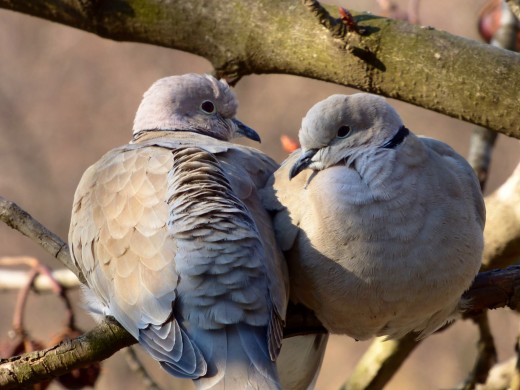
Turtle Doves are in the Christmas song "The Twelve Days of Christmas" and also referred to the Old and New Testaments of the Bible
Does it concern you that the turtle doves are declining for any particular reason?
Other Related Hubs on Birds
- The Muted Mute Swan
Learn some interesting facts on the lovely mute swan who's most of the time mute. It's a gorgeous swan, read and find out more about this bird. - The Mandarin Duck of the East
- Facts on the Common Cuckoo
- Facts on the Snipe Bird
Gain some basic knowledge about this interesting wading bird called the snipe. - Facts on the Carrion Crow
Th carrion crow is indeed a bad ole crow. Learn and find out why this crow is a menace. - Facts on the Little Robin Redbreast
- The Common Kingfisher Facts
The common kingfisher is a bird of the family Alcedinidae. Read on to find out more....


